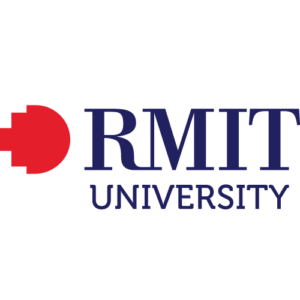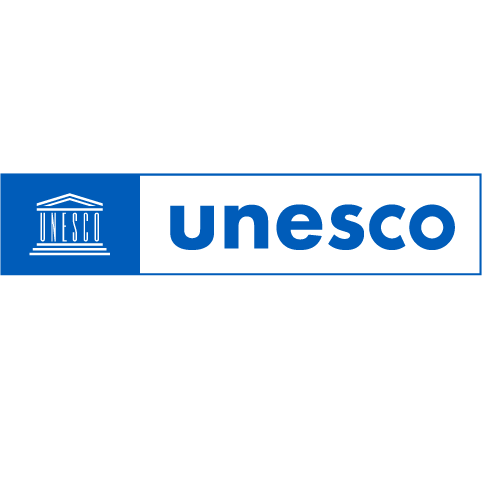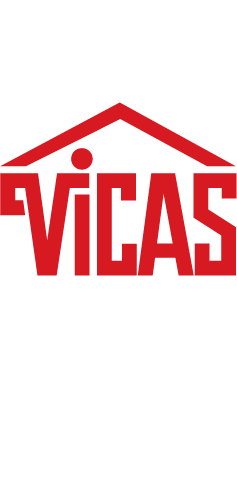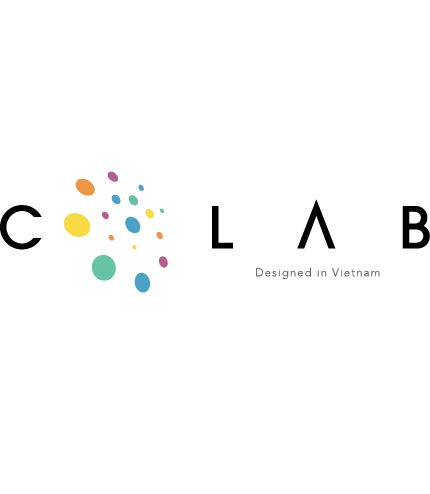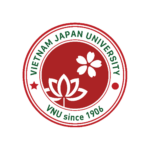“Craft – design, and sustainable fashion is what I love and choose to pursue”, said Phạm Phan Hoàng Linh in the launch event of project “here / there” taking place on November 12 as part of VFCD 2021. This is a craft and design collaboration between Vietnam and Australia, in which she, designer Vũ Thảo (Founder of Kilomet109), and The Social Studio (Australia) are the first collaborators. To jump start the 12-month collaboration, artists, designers, entrepreneurs from Vietnam and Australia sat down to share stories, values and visions on their pursuit of sustainable fashion.
The Story of “Here / There”: Sustainability Comes from Community Connection and Local Quintessence
“Craft – design, and sustainable fashion is what I love and choose to pursue”, said Phạm Phan Hoàng Linh in the launch event of project “here / there” taking place on November 12 as part of VFCD 2021. This is a craft and design collaboration between Vietnam and Australia, in which she, designer Vũ Thảo (Founder of Kilomet109), and The Social Studio (Australia) are the first collaborators. To jump start the 12-month collaboration, artists, designers, entrepreneurs from Vietnam and Australia sat down to share stories, values and visions on their pursuit of sustainable fashion.
In recent years, the concept of “sustainability” is frequently mentioned as a rising trend in every field and discussion. To designer Phạm Phan Hoàng Linh, however, “sustainability” exists right in the everyday life in the Northwestern area of Vietnam, the place she has called home for the past eight years.
“The life of people here gives me a lot of inspiration in fashion-making, that itself is already a sustainable lifestyle. They grow their own food, they make all the fabrics for their clothing, they do everything themselves”, said Linh.
Born and raised in Quang Nam, the former student of Hue Fine Arts University “fell in love” with the Northwestern region in one of her field trips, then moved here right after graduation to live and find inspiration for her art.
“Images of the women making embroideries on the porches, the bundles of clothes laid to dry in the sun, the hands spinning the threads and weaving, the floating clouds or the iridescent sunshine over the trees… that much is enough to make me swoon. This is also what has brought me to textile dyeing, designing, sewing, which is completely different from what I learned at school”.
Linh now owns a small handicraft store in Cat Cat Village (Sapa) named Linh Handicraft, where she collaborates with local artisans and craft artists to create fashion and design products of high applicability in everyday life.
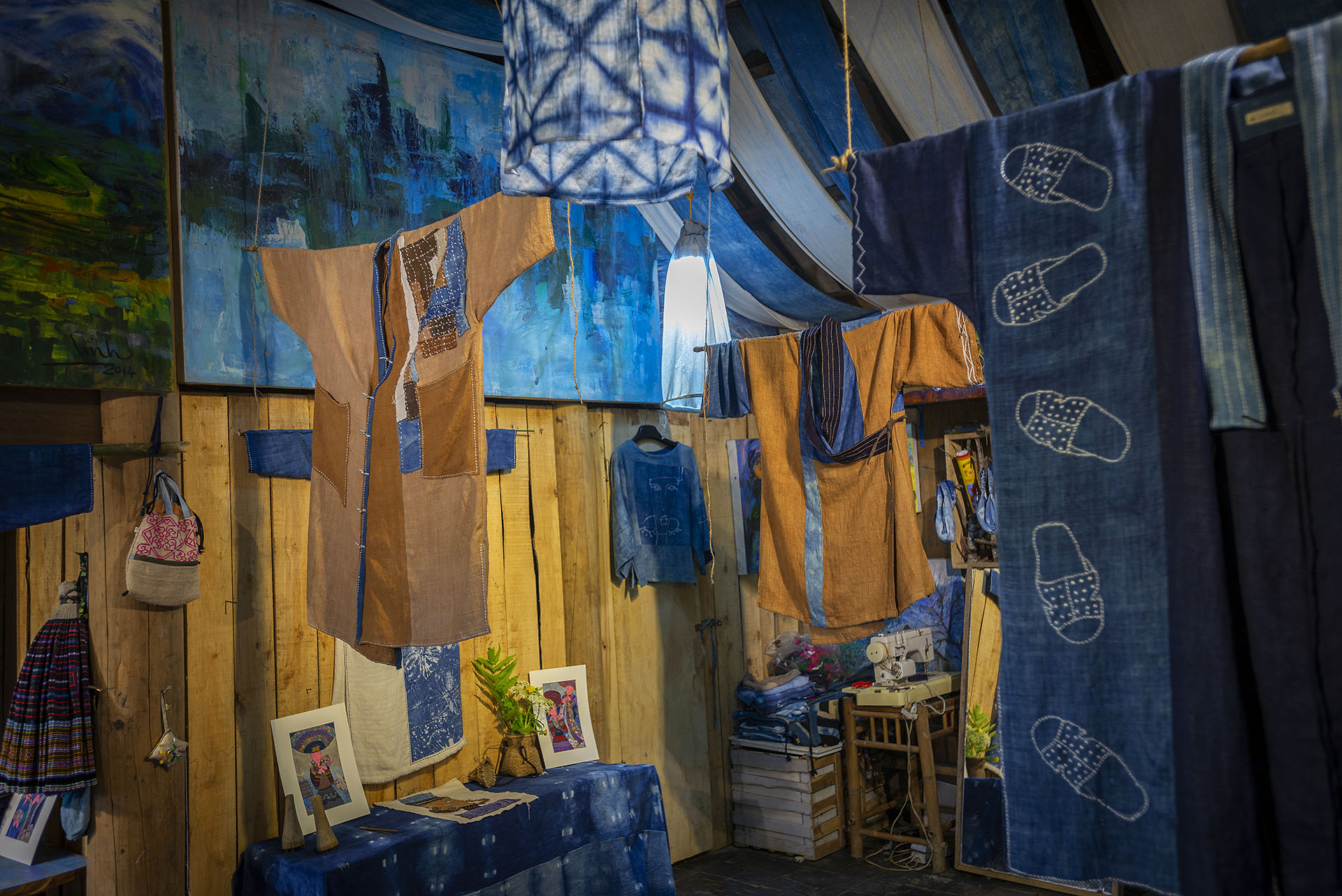

TREASURING THE ARTISANS AND THE QUINTESSENCE OF LOCAL HANDICRAFT
To Phạm Phan Hoàng Linh, her eight years in Cát Cát Village is a continuous journey of observing, learning, and absorbing the values of local handicraft. A self-claimed “artist turned fashion designer”, Linh diligently learned from the local women, artisans, and craft artists the techniques of indigo dyeing, weaving, designing with beeswax, and together with them, creating products for which she is not only the designer but also actively involved in the production process, which allows her to truly understand and treasure the efforts and values of craft artists and artisans.
Linh always emphasises on the material production process for each design, she said, as “it’s because the artisans and artists create beautiful materials that the designer can be creative and make works of art following their own feelings”.
“It’s a bond, a close relationship where we support each other in our work”, said Linh while presenting photos she took with the craft artists and Mong girls in her workshop at Cat Cat Village. “The artisans, the people here and me, we collaborate happily, like a close-knit family, without any barrier”.
According to Linh, sustainability in fashion does not only refer to the eco-friendly aspect, but also lies in the original handicraft values in each product – thanks to the combination of skillful craftsmanship, and the designer’s creative language. “Handicraft fashion has a rustic, unique, meticulous beauty that makes each design unique, behind which is the story around the feelings of its creators.
While it seems that the appreciation and desire to preserve local handicraft is fading, this is also the motivation for designer Vũ Thảo to choose and persevere in her pursuit for sustainable fashion and cultural diversity preservation.
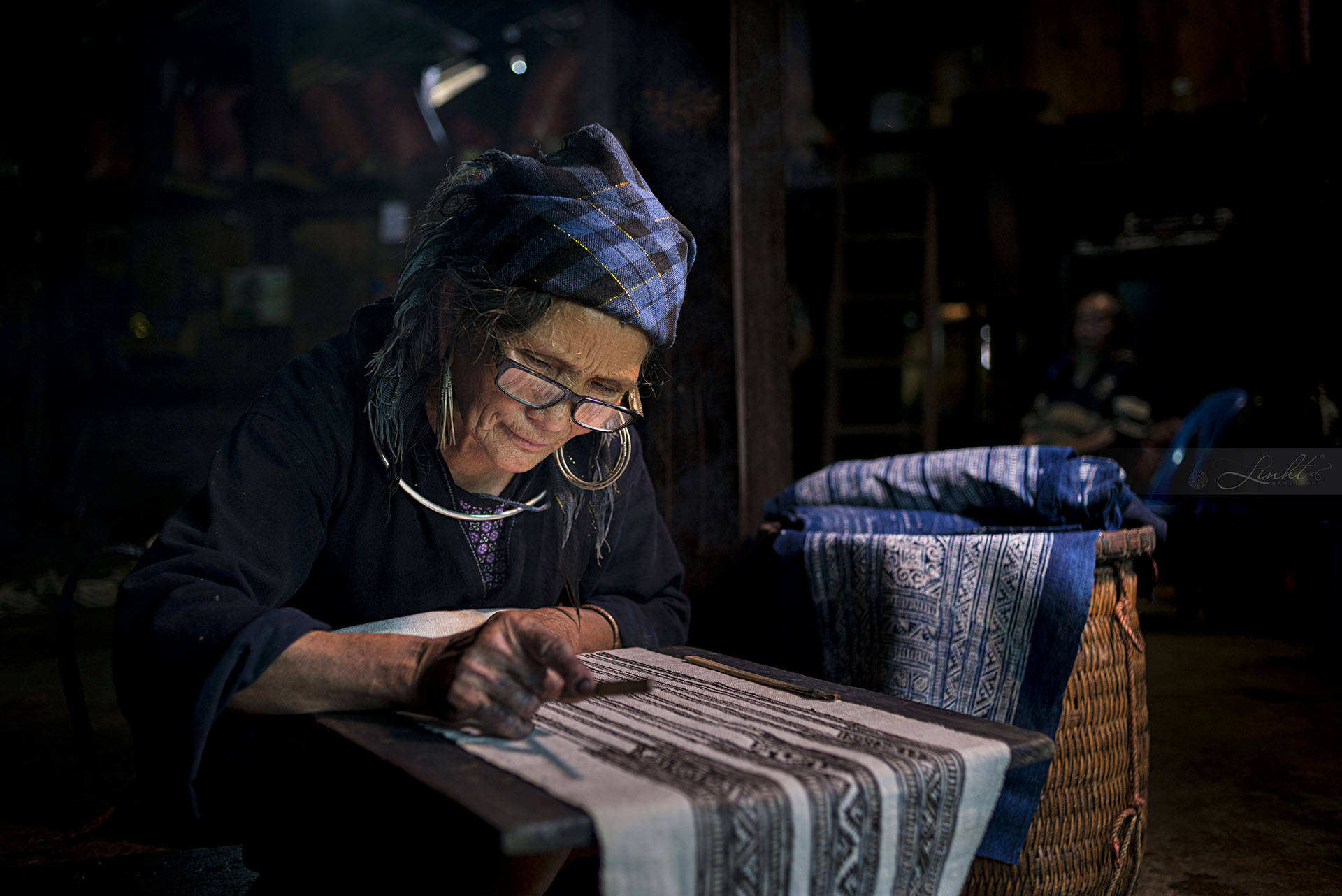
Vietnam in recent years seems to be forgotten on the world’s map of craft-making, only known as a manufacturing point…
“Vietnam in recent years seems to be forgotten on the world’s map of craft-making, only known as a manufacturing point… This was what pushed me when I launched Kilomet109”, the brand she established in 2012, which has since become a leading figure in eco-fashion in Vietnam. “Since the beginning, I have always tried to build a purely Vietnamese brand, creating products designed, manufactured by Vietnamese people, with handicraft skills and techniques of the Vietnamese”, she said.
At Kilomet109, Vũ Thảo works with handicraft communities to develop a closed-loop production process, from making the raw materials to growing plants for natural dyes, through which she realised that “handicraft making is a very benign process”.
“We can use fully naturally-sourced materials in production, in addition to that not much electricity is needed and even the water can be reused. Waste from the production process, the indigo plants for example, after soaking, they could be use as green fertiliser for plants, and for the indigo field itself.
This process is directly related to the working environment, health, and safety of the community – which is of utmost importance to Vũ Thảo and Kilomet109. “A healthy community means a healthy Kilomet109, (thanks to that) the craft production community is also healthy and so is the creative community”.
A stage in yam root dyeing. Photo c/o Kilomet109.

TRANSPARENCY MAKES SUSTAINABILITY
Being able to provide clear, detailed information on the production process, according to Vũ Thảo, is the transparency needed for sustainability.
Designer Phạm Phan Hoàng Linh also shared the same thought: “Sustainability in fashion also lies in how the user knows the exact origin of the product, the process we go through to create a design, so that they can appreciate and love this handicraft product more”.
While transparency can be a challenging path for major brands and almost impossible for mass-production brands, for small businesses like Kilomet109, local handicraft has given them the “golden opportunity” to be completely transparent, said Vũ Thảo.
“I can directly share the story of the brand, of the beauty and cultural diversity in the Vietnamese’ handicraft. Consumers and audience can also approach the artisans and learn about different cultural topographies”. Vũ Thảo said she wants to “portray Vietnam” through a simple, ordinary, “unedited” lens. “I portray it as it is, naturally. That story has people at the focus, while their living environment and the surrounding landscape is also a beauty that we celebrate.”
The founder of Kilomet109 shared that transparency also create other values to her brand.
Local handicraft, preserving cultural diversity, ensuring livelihoods for several disadvantaged communities, minority communities in remote areas. This is of utmost importance to me.
The making of natural textile by Black H’Mong artisans. Photo: Julie Vola.

FASHION BUILDING COMMUNITY VALUES
On the other side of the globe, preserving cultural diversity and supporting disadvantaged communities is also a narrative shared by The Social Studio, a not-for-profit social entreprise based in Melbourne, Australia and also a collaborator with designers Phạm Phan Hoàng Linh and Vũ Thảo in the project “here / there” which is expected to unfold over the next 12 months.
Established in 2009, The Social Studio (TSS) has been operating as a combination of a retailer, a production house and and educator, helping immigrants and refugees access work, learning, and creative opportunities in fashion, design, and arts, with the motto “community is always our focus”.
TSS is accredited with Ethical Clothing Australia. “This means we work with the clothing council to ensure that the employees are well-paid and get to work in a safe environment”, said The Social Studio CEO Dewi Cooke.
For more than a decade, TSS has supported more than 780 young people joining their free certification training courses in fashion and apparels, alongside numerous consultancy and internship programmes related to their creative and production work (according to the TSS website).
Dewi shared that TSS is working with RMIT University on a two-year programme, where students will get to learn industry-standard textile production skills. “It will be a space where young people can explore their creative ability, build their confidence, while considering whether to pursue a career in the creative industry after completing the two-year programme”.
Recently, there was a meaningful collaboration between TSS and Collingwood College, where there is a significant number of immigrant/migrant students, at first many of them are shy and reserved as they weren’t fluent in English. At the beginning of the school year, TSS designed and produced a large-scale banner on campus to welcome the new students. The banner featured vibrant colours blending with symbols and characters of 32 different languages – a symbol of the respect – from Collingwood College and the local community alike – toward cultural diversity.

“The artwork conveyed the message of respect to the cultures of immigrants, which is also the focus of our work: creating the spirit of community, of inclusivity, connecting people from different backgrounds, especially immigrants and refugees”, said Dewi.

“HERE” – “THERE” CONNECTION OPENING UP CROSS-BORDER COLLABORATION
In the event, the designers, artists and entrepreneurs also talked about collaboration opportunities and what they want to learn and contribute as part of the cross-border project “here / there”, which is presented by CAST (Contemporary Art and Social Transformation research group), RMIT University Vietnam, RMIT Gallery, Vietcraft, VICAS (Vietnam National Institute of Culture and Art Studies), Work Room Four and Vietnam Design Week, and funded by the Australian Embassy in Vietnam.
Phạm Phan Hoàng Linh expressed her wish to connect and learning how to work with different communities from Vũ Thảo, as well as the operation and business methods of The Social Studio, and thus develop her own smaller model – Linh Handicraft.
A “big fan of indigo”, Dewi from The Social Studio wanted to learn more about the natural dyeing techniques and the diverse stories behind how the local use colours. She said TSS has been experimenting with natural dyes, but is yet to have enough experience in this area.
For Vũ Thảo, she was impressed with TSS and wanted to learn more about their model, as well as the vision of this social enterprise. Speaking about the project name, Vũ Thảo said:
‘here / there’ immediately reminds me of connection. There – here also evokes a sense of diversity. An amazing collaboration opportunity for artists, artisans, designers, as well as creative and social enterprises.
In the context of the Covid-19 pandemic, Kilomet109 founder believed that the project would open up a new pathway, a pioneering international collaboration, bringing about tremendous change to the overall context of interdisciplinary collaboration.
Dewi added that “the idea behind ‘here / there’ is also flexibility. Being ‘there’ or ‘here’ depends on our subjective perspective, which means it can be flexible. So I think no matter where we are, we can all share and collaborate with one another if we want to”.
Written by Hải An
Graphics by Rongchơi
Translated into English by Đinh Vũ Nhật Hồng
Kindly credit VFCD 2021 when sharing the article.
Please do not copy or repost without permission.


